Writer Joseph J. Airdo
Photography by Rusty Childress
The practice of decorating a tree for Christmas has some roots in religion, but the tradition actually branches back even further in history.
Long before the advent of Christianity, ancient peoples hung evergreen boughs over their doors and windows in the winter with the belief that evergreens warded off witches, ghosts, evil spirits and illness. Evergreen boughs also reminded those in the Northern hemisphere that plants would grow again upon summer’s return.
Egyptians filled their homes with green palm rushes as representations of the triumph of life over death. Early Romans decorated their homes and temples with evergreen boughs as reminders that farms and orchards would soon be green and fruitful. Northern Europe’s druids decorated their temples with evergreen boughs as a symbol of everlasting life. Even the Vikings in Scandinavia cherished evergreens for similar reasons.
The Christmas tree traditions that we practice today got their start in Germany during the 16th century and were not widely accepted by Americans until the late 19th century. Lights eventually replaced antiquated candles and, by the early 20th century, Christmas trees glimmered and glowed each holiday season in homes across the country while communities around the globe gathered to light larger versions — like the one in Rockefeller Center in New York.
As beautiful as our Christmas trees are all decked out for the holidays, they are even more majestic in their natural form, as seen in forests such as those we have right here in Arizona. In fact, our state has the largest continuous belt of ponderosa pine forest in the world, according to photographer Rusty Childress.
“It stretches uninterrupted from New Mexico to the Grand Canyon,” he explains. “There are 2.4 million acres of forest land with ponderosa pine. The forests consist of Coconino, Tonto, Kaibab and Apache-Sitgreaves. Immersing yourself in any of these sacred forests can evoke calm and is sure to nurture your soul.”
It is our hope that this month’s photo essay, featuring numerous images in which Childress has magnificently memorialized the aesthetic enchantment of pine trees in Arizona’s winter, imbues you with at least a small sample of that soul-nurturing feeling. It is also our hope that it helps you to see the brightly lit and beautifully decorated tree that is at the center of all of your Christmas celebrations with an even more profound appreciation.






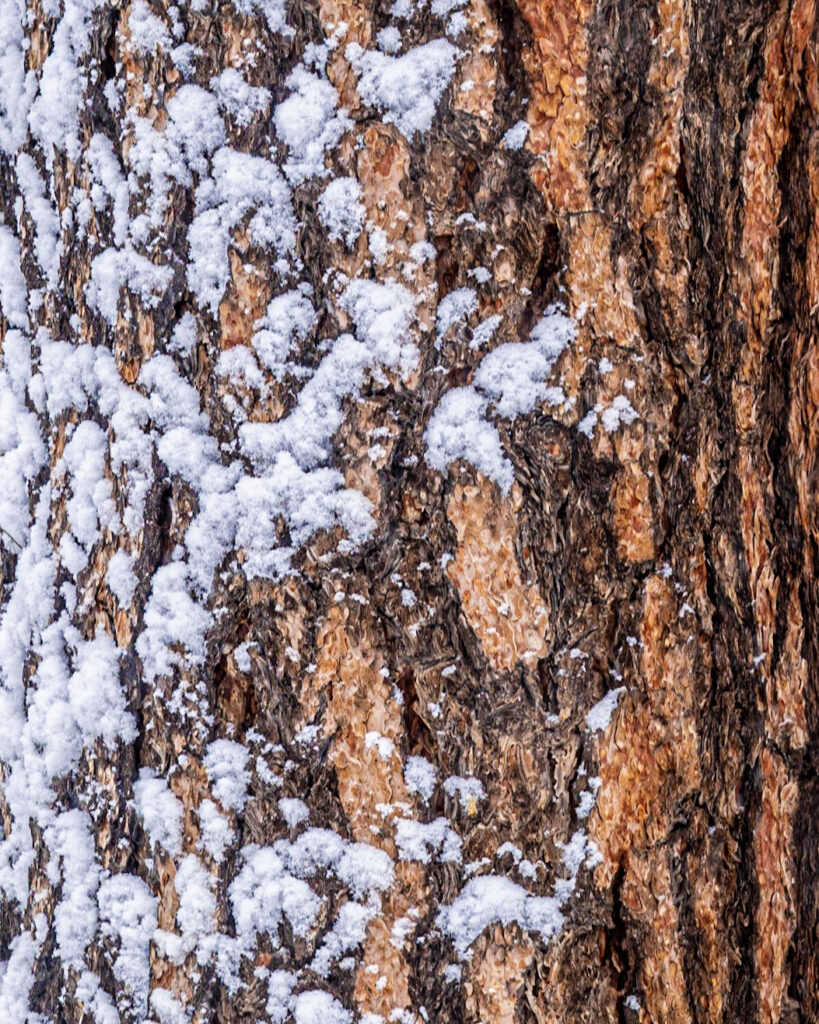





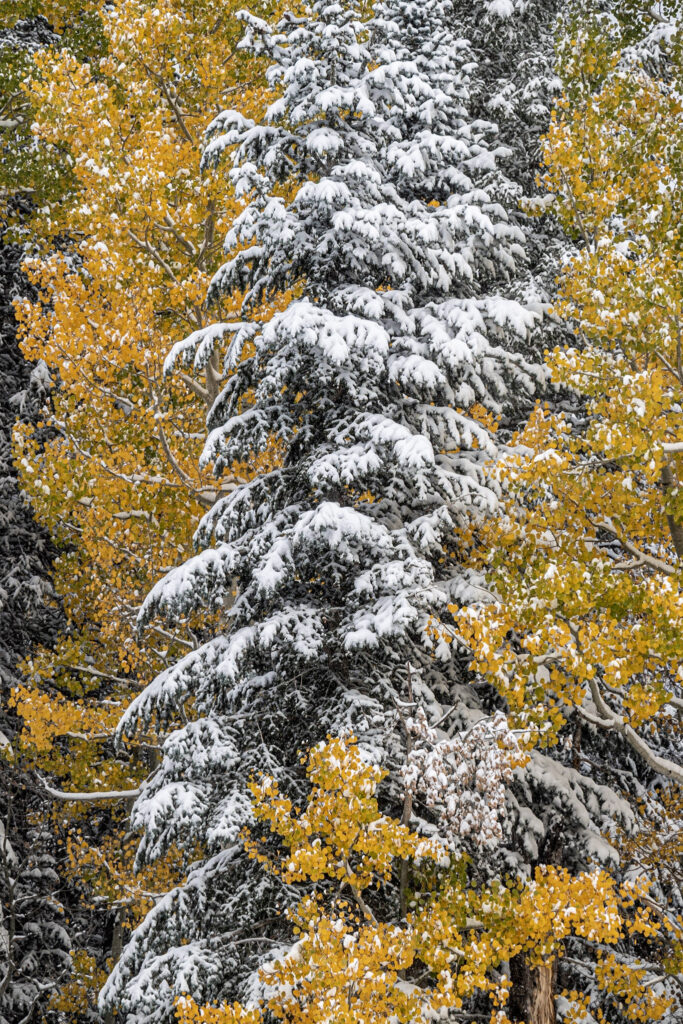


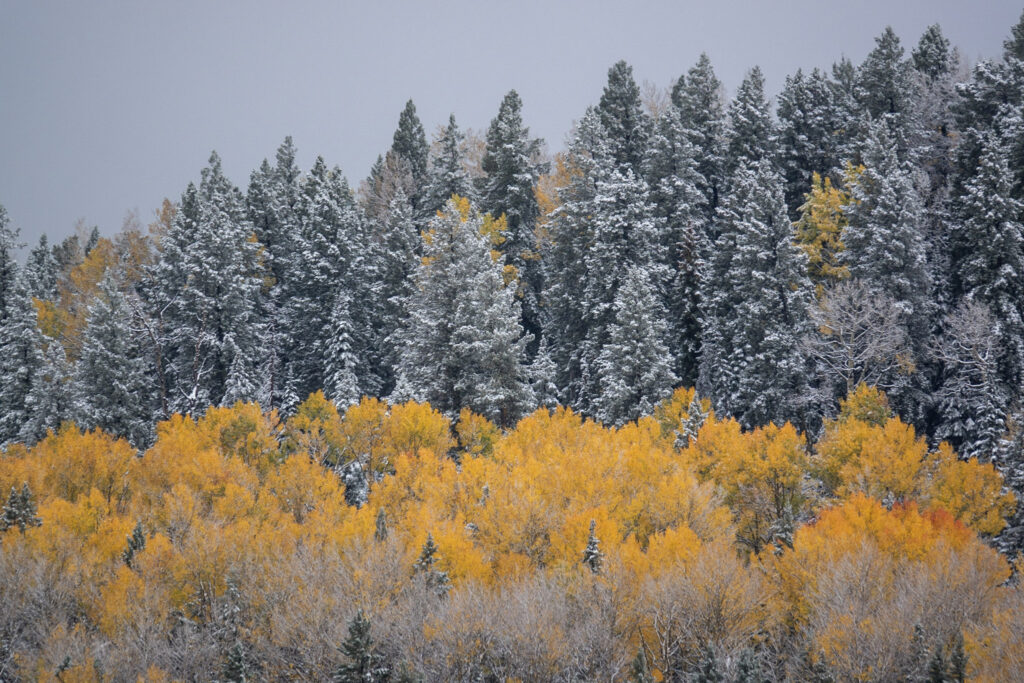


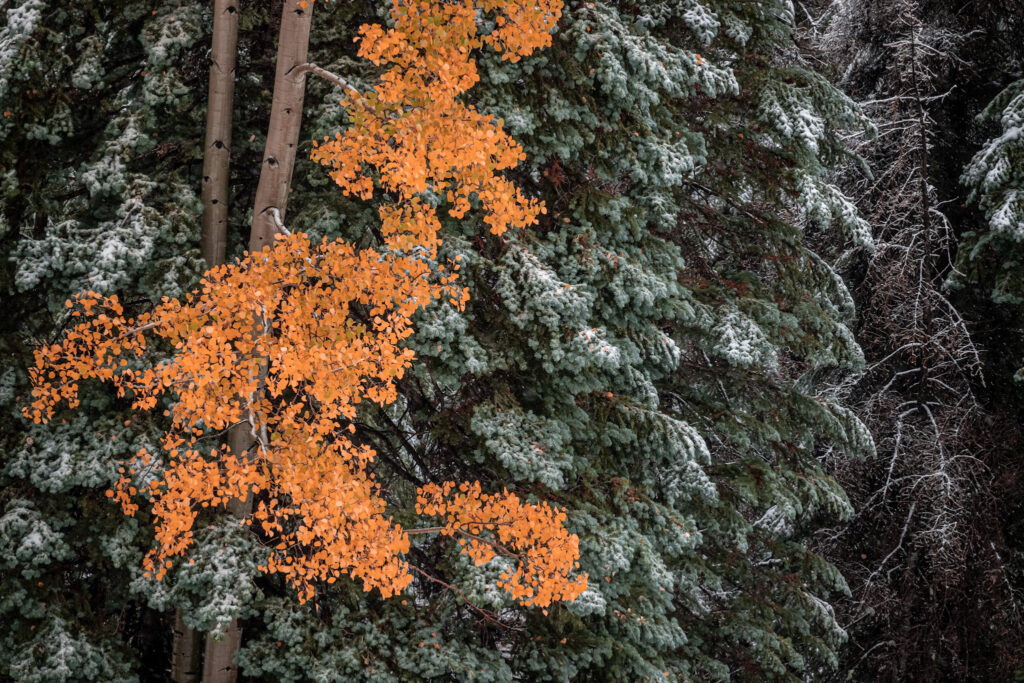


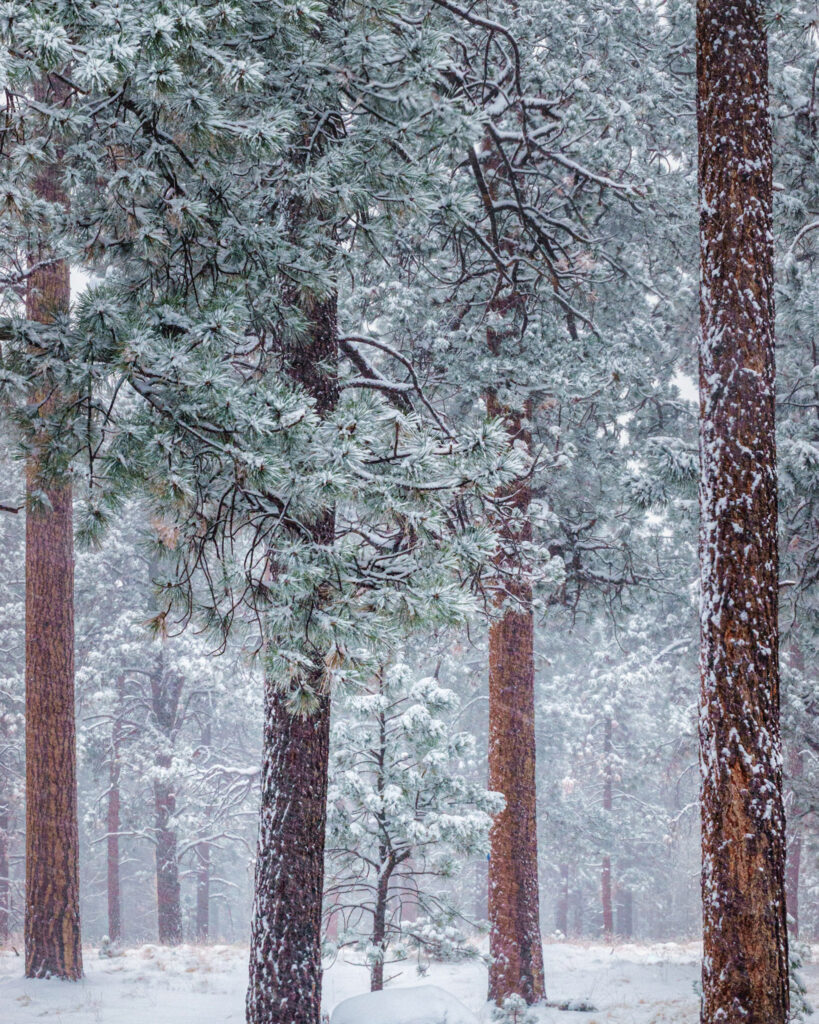


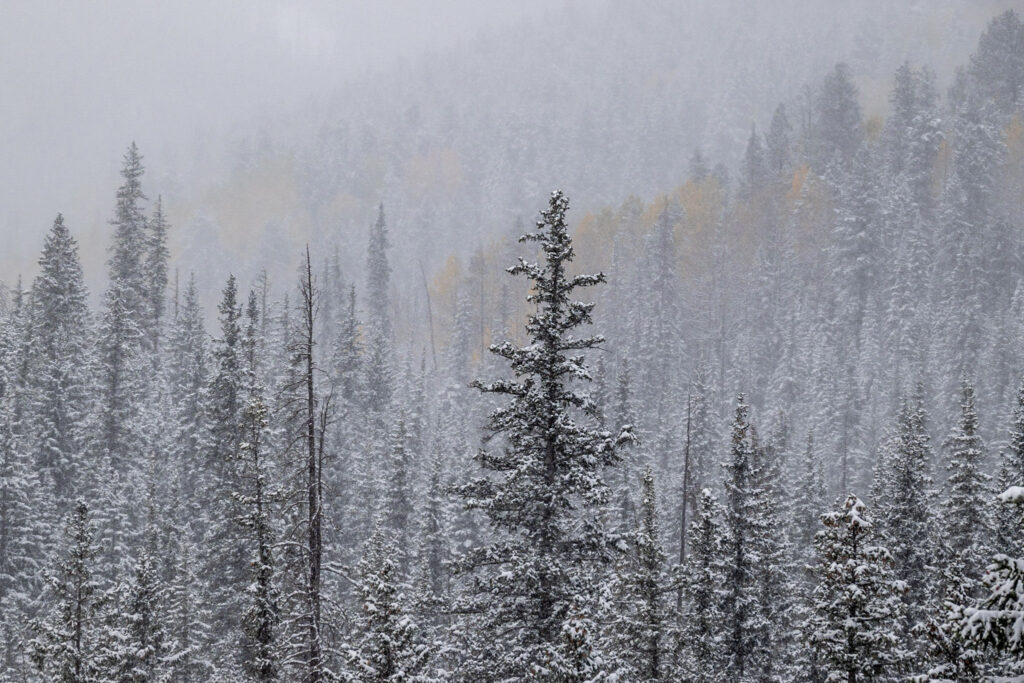


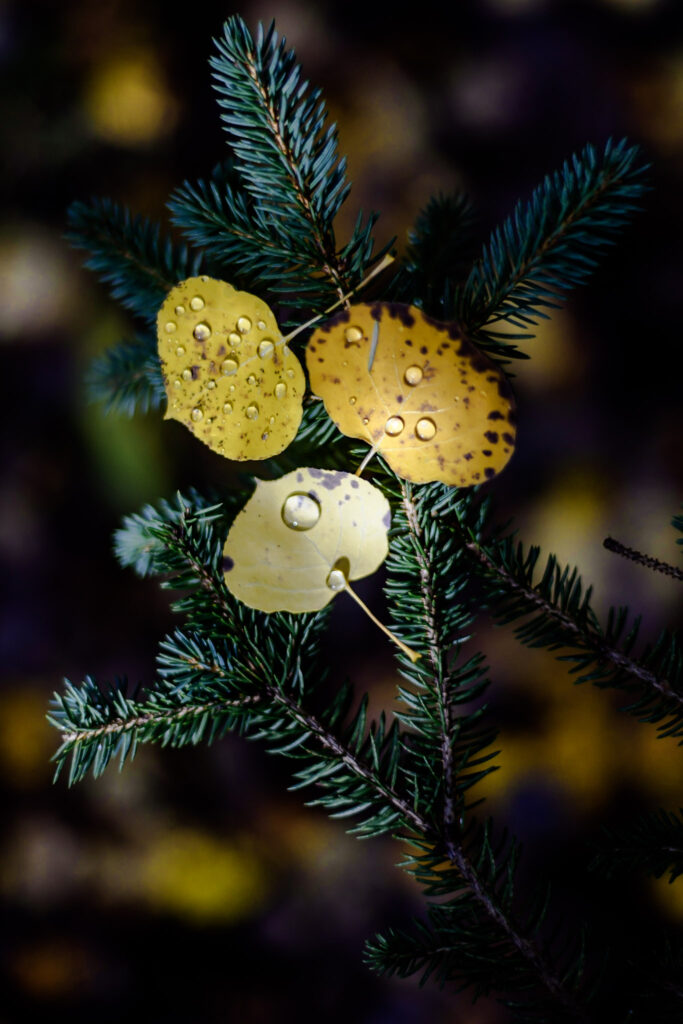


About the Photographer



After beginning his career as a photojournalist in 1978, Rusty Childress spent 33 years in the automotive industry. He kept his camera close at hand and, in 2007, he became a freelance photographer and started an outdoor event photography business specializing in motorsports and concert photography called The Main Event Imaging.
Today, Childress focuses on natural history photography as he spends most of his time underwater, on an all-terrain vehicle, in the air or on a sport utility vehicle overland expedition in search of a story that must be told.
“For example, most of our environmental struggles originate from an out-of-sight-out-of-mind scenario that threatens the equilibrium of our life support system that we call Mother Earth,” Childress says. “Mankind’s reckless dominion as an apex invasive species is destroying our finite planet through overpopulation at the exponential rate of 150 per minute, 9,000 per hour, 220,000 per day, 1.5 million per week and 80 million per year.”
Childress aspires for his work to celebrate and emphasize the aesthetic value of nature. He hopes that his images leave people touched, moved and inspired in a way that empowers them to take ownership and provide stewardship of the natural world.
“Understanding that people protect what they love, I am committed to capturing nature’s moments and sharing the resulting images as a form of artistic activism,” he explains.

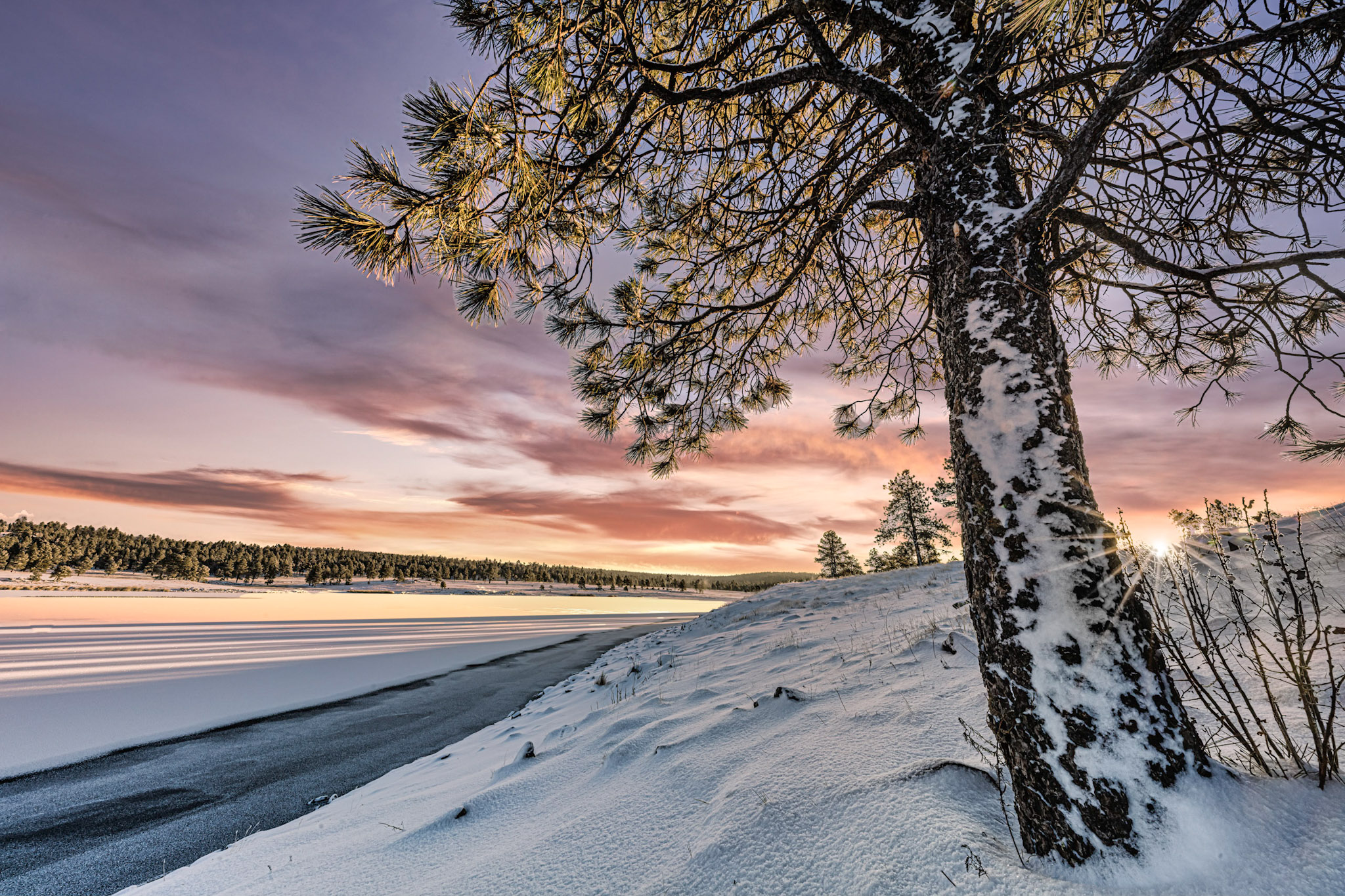





Comments by Admin